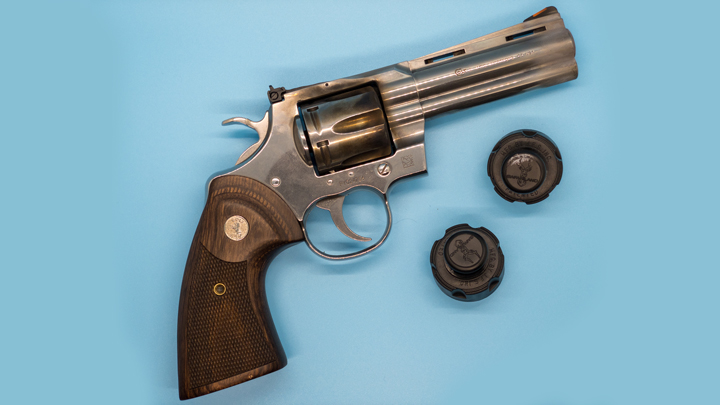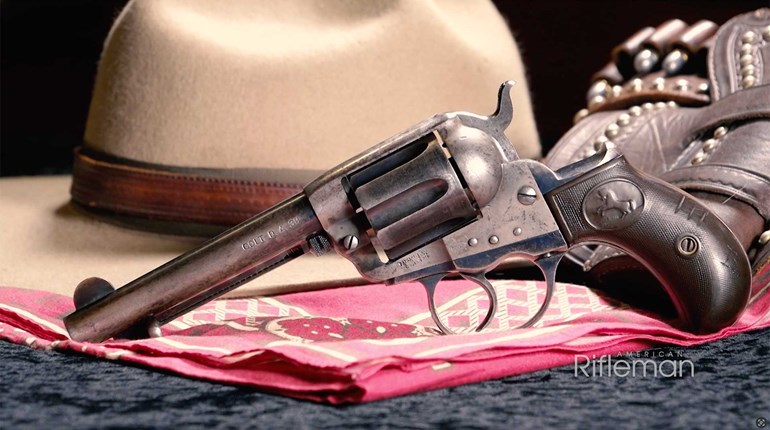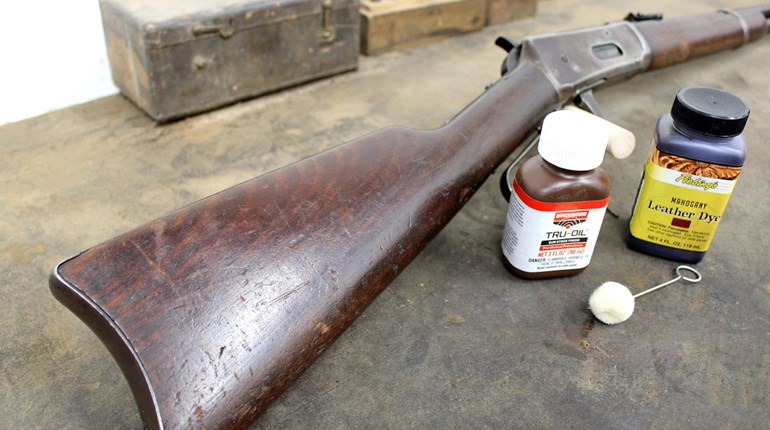
Shooting Illustrated has covered the Colt Python before, so why am I going back to it? Because I wanted to discuss one of the "complaints" that a certain group of people have about the new Colt Python: "but it's not hand fitted like the originals."
That's correct, and there's a simple explanation as to why. When the original Python was produced, many of the parts had to be hand fitted because the technology didn't exist for machining parts to extremely exacting tolerances. But now the world has CNC machines that can hold a thousandth of an inch of tolerance, which obviates the need for as much hand fitting as the old Pythons required. In fact, Colt says that thanks to modern machining methods, the new Pythons are tougher than the old guns.
That got my attention, to say the least. The original Pythons had a reputation, perhaps undeserved, for fragility. Anecdotal reports of Pythons going out of time after firing fewer than 1,000 rounds are all over the Internet. Now, some of that reputation can be explained away; Colt's action is unique when compared to Ruger or S&W's. Short technical explanation: the hand (or pawl) that rotates the cylinder in Colt revolvers is a wear part, and needs to be replaced at regular intervals. If the hand exceeds its wear point, the revolver needs to be shipped to Colt for repair.
There's a simple way to test for this. Dry-fire your Python (new or old) and keep the trigger pressed to the rear. The cylinder should have exactly zero rotational movement. Not even a smidge. When I pulled the test Python out of the box, this was the first test performed, and it passed with flying colors.
So what of these reports of old Pythons going out of time with 1,000 rounds on the clock? Well, Colt wanted me to put the new gun to that test. They sent a 4-inch Python with the understanding I'd perform the following test protocol: shoot 500 rounds of standard pressure .38 Spl., 250 rounds of .38 Spl. +P, and 250 rounds of .357 Mag. Then the test would be paused, the gun checked for cylinder slop, I'd create this part 1 article, and then I'd do another 1,000 rounds with the same 500/250/250 ratio.
The gun's at the 1,000 round mark right now, and so far it's impressive. Cutting to the chase, the Python has fired 1,000 rounds so far with zero failures of any type. Not a light primer strike, not a skipped chamber, nothing. The only complaint is that when the gun arrived, the set screw for the rear sight wasn't tightened down, and there wasn't a wrench provided to tighten it down. If that's the only complaint...this gun is doing pretty well.
In his excellent review in September 2020, Dick Williams did all the boring group shooting and gun review stuff, so I'm going to skip that and focus on the Python's durability. It is very accurate, in case you were wondering. Whatever magic Colt put in the old Python barrels is in these barrels too. In addition to shooting 1,000 rounds, it hasn't been cleaned once, so it's starting to look a little grubby.
Dirty guns look good though, and unless it stops working, there are no plans to clean it until the Python gets to 2,000 rounds. It also passed the cylinder test. After the 1,000 round went downrange, the Python was dry-fired, and just like it was new in the box there was no cylinder rotation with the trigger held to the rear. This was after 284 rounds of .38 Spl. +P, 260 rounds of .357 Mag., and 456 rounds of standard pressure .38 Spl.
A couple of interesting things happen when you shoot over 500 rounds of .357 Magnum and +P .38 Spl. out of a gun. The first is you really start to dread test days that have a high magnum round count, but the second is you really get an intimate understanding of how your gun processes recoil. Here, you can feel Colt touch its historical roots that date back to the 1851 Navy Colt. The Navy Colt had the instantly recognizable "plow handle" grip that would become legendary on the Colt Single Action Army.
Both historical accounts and modern authors agree that one of the best features of the Colt SAA's grip was how it "rolled" recoil up, instead of slamming it straight back into your hand. This is true on the Python as well. In my career I've fired 15,685 rounds through Ruger revolvers, and 11,790 rounds through S&W revolvers, and the Colt Python has the most pleasant recoil impulse with full power .357 Mag. rounds of any medium frame revolver I've ever fired.

The other thing you get intimate with when you shoot 1,000 rounds through a gun over the course of a few weeks is the trigger. The Python's trigger is grooved, which on a lot of guns would be unpleasant after a few hundred rounds. But the way Colt cuts the grooves in the trigger face keeps them from shredding your trigger finger, and instead helps you keep positive contact during fast strings of fire. But that's not the best feature of the Python's trigger.
No, the best feature is that unlike the other two American revolver manufacturers, the Python's trigger requires no modification to be a good trigger. S&W and Ruger revolvers benefit greatly from light polishing and a spring change to bring the triggers down to useful levels, but the Python? Eight and a half pounds right out of the box. And not a single light primer strike in single or double action for 1,000 rounds. Ten brands of ammo contributed to that 1,000 rounds, and each brand was tested in single and double action for reliable ignition.
Suffice to say, this Colt didn't go out of time after 1,000 rounds. Part 2 will come after the next 1,000 rounds, and I'll also break into the guts of the Colt to see what, if any damage 2,000 rounds did to the action. After the first 1,000, my guess is "not much."






































